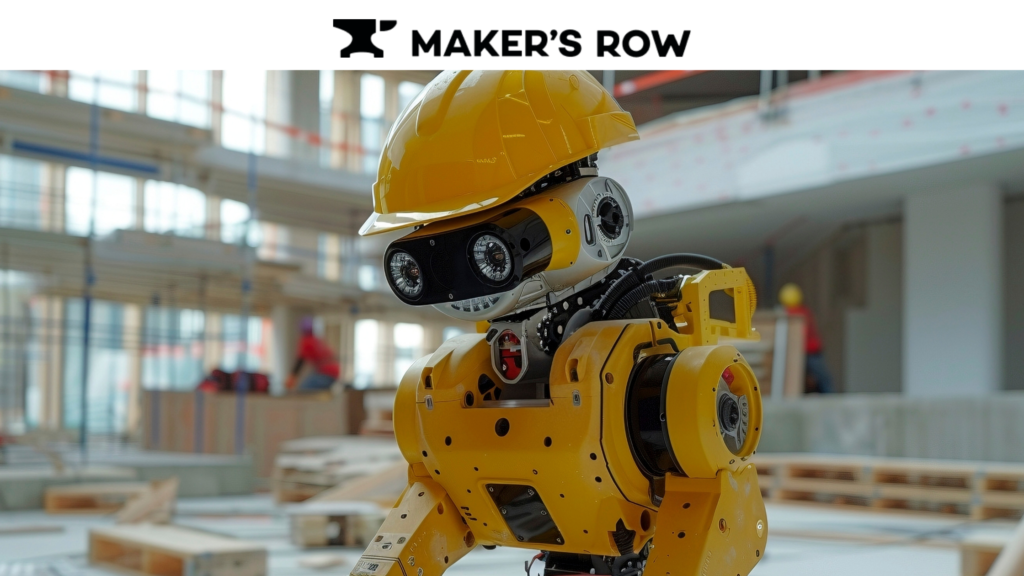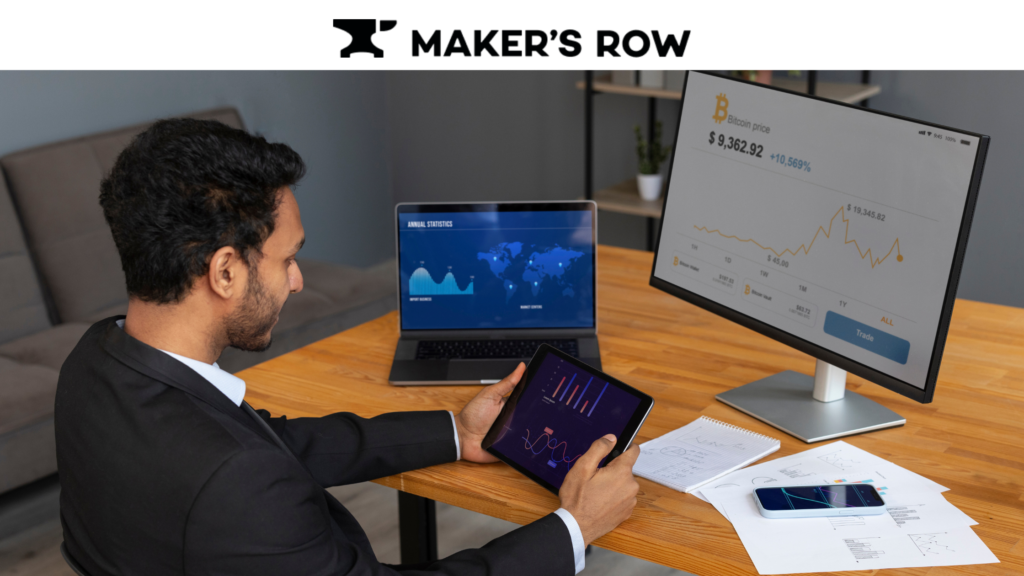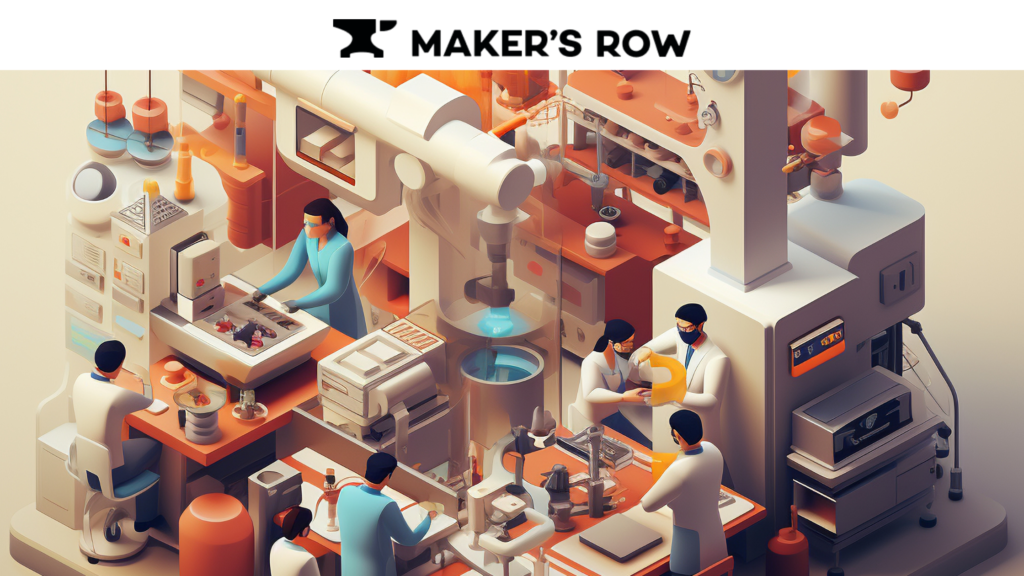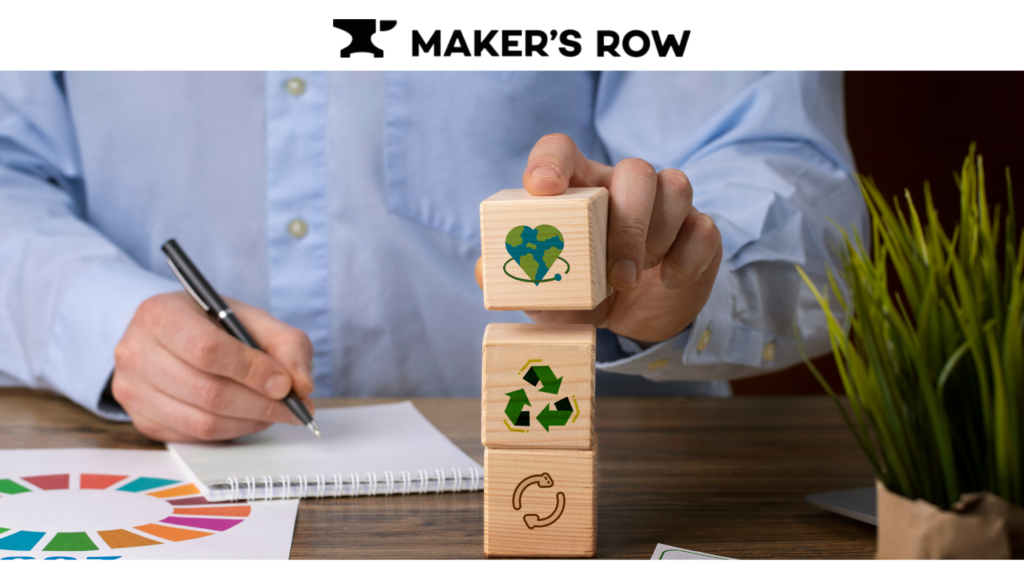The apparel manufacturing industry has experienced a revolutionary change in the last couple of years with technology at the forefront. It has significantly improved efficiency and quality while making the overall process excellent. Going into 2025, several important trends will shape the future of digital transformation in the apparel factory:
1. Automation and Robotics in Digital Transformation

Automation and robotics are among the most dominant trends in the industry. Apparel factories use advanced technologies such as robotic sewing machines, automated cutting systems, and intelligent material handling equipment to enhance production processes. These technologies help boost productivity and accuracy but also reduce dependency on manual labor, thereby helping factories tackle problems caused by labor shortages and increasing labor costs.
- Robotic sewing machines. There is accurate and speedy sewing of clothes with as few errors as possible, plus uniformity in the finishing products.
- Computer-controlled cutting equipment within automated cutting systems decreases fabric waste and maximizes utilization.
- Smart material handling: use of AGVs and cobots, which enhance effectiveness and reduce the amount that human beings transport materials by themselves.
2. Data-Driven Decision Making

The apparel industry is becoming increasingly data-driven, with factories using analytics and business intelligence tools to make informed decisions. These range from real-time monitoring of production metrics to predictive maintenance algorithms, which help factory managers optimize workflows, reduce waste, and improve overall operational efficiency.
- Real-time production monitoring systems offer visibility into KPIs, allowing for proactive decision-making and problem-solving.
- Predictive maintenance algorithms make use of sensor data and machine learning to predict the time when failures are likely to occur with equipment, hence leading to preventive maintenance and minimum time spent on downtime.
- Business intelligence tools turn the production data into actionable insight, thus enabling more effective data-driven decision-making and strategic planning.
3. Connected Factory Ecosystems

It’s catching up with “Connected Factory” in apparel today. Different systems, such as ERP software, manufacturing systems, or any other IoT-enabled devices, integrate into factories to enable seamlessness in the interlinking production environment, better visibility, increased collaboration, and effective decision-making of each participant across the entire value chain in manufacturing.
- ERP systems integrate and manage different business functions, such as procurement and inventory management, to streamline operations.
- MES platforms provide real-time visibility and control over the production process, enabling optimization and quality assurance.
- IoT-enabled devices, such as sensors and smart manufacturing equipment, collect and transmit data, enhancing overall factory connectivity and intelligence.
4. Sustainability and Environmental Compliance

As consumers and other industry stakeholders grow more concerned about environmental sustainability, factories in the apparel sector are embracing digital solutions. This way, factories take advantage of technology, from implementing energy-efficient production processes to optimizing resource utilization to ensure that their environmental footprint becomes smaller and meets the expectations of more stringent regulatory standards.
- Energy monitoring systems and smart building automation technologies help identify and address energy inefficiencies.
- Waste management systems, along with electronic traceability solutions, enable the manufacturing units to track and further minimize waste at every stage of production.
- Compliance management features enable factories to adapt to altering environmental legislation and reportable requirements.
5. Agile and Adaptive Production

The fast-fashion apparel industry demands agility and responsiveness on the part of factories. Digital technologies allow such agility, including on-demand cloud-based manufacturing platforms and flexible production systems that facilitate the ability of the factories to react quickly to a shift in the market to promptly respond to orders so as to shorten lead times and enhance production flexibility.
- With the help of cloud-based manufacturing platforms, on-demand access to production resources allows factories to scale rapidly, depending on fluctuating orders by customers.
- Modular and reconfigurable production lines enable factories to change their manufacturing processes quickly to respond to variations in products as well as new product introductions.
- Advanced planning and scheduling algorithms optimize production workflows by ensuring efficient capacity utilization and timely delivery of orders.
How Maker’s Row is helping
The apparel manufacturing industry is now experiencing its very first digital revolution, with Maker’s Row at the center by providing an online marketplace to connect brands directly to domestic manufacturers. Other trends to mark the future of the apparel factories, sourced from Maker’s Row, include more automation and robotics for the sake of higher productivity in the event of labor shortages, trends in data-intensive decision-making using real-time analytics and predictive maintenance algorithms, and connected factory ecosystems for integrating enterprise systems that help provide greater visibility, collaboration, and decision-making ability for the whole chain.
Conclusion
The critical role of the digitally transformed apparel factory can become more significant as one develops the industry further into these new realms. Here also, the digital approach offers remarkable advancements in areas that enhance efficiency, quality, and overall operational excellence across these manufacturing sectors very high. All these transformative trends will converge to position the apparel industry for a new era of operational excellence and customer responsiveness through the power of digital technologies.
Read more blogs here: